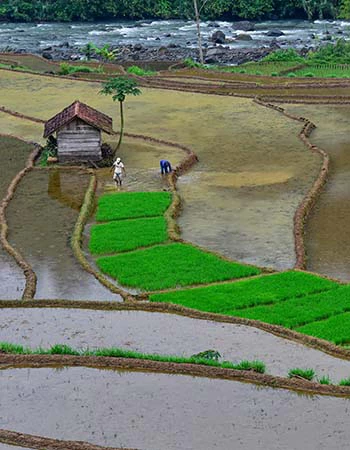Nature is a shared asset among multiple stakeholders. Ensuring that natural capital is available in the long term will take a systemic approach that involves all elements of society.
The world’s natural capital and the ecosystem services it provides support businesses and economies, both directly and indirectly. Nature’s current decline, which is caused by unsustainable consumption and production patterns, demographic shifts, deforestation, and land-use change, among other factors, is a clear risk to business, markets, and society. The value of natural capital has been neglected and has remained largely invisible in private sector decision making, which impacts nature’s capacity to continue providing the ecosystem services that businesses and society require.
We know that the private sector, including sustainable and resilient markets, relies on natural capital. Building markets that consider natural assets and the services they provide is essential for sustainable businesses, economies, and societies. We can also clearly see the importance of building resilience to shocks and stresses, such as climate change or global pandemics, in the way that we think about the substantial value of nature.
This report underscores the urgency of action and shares ways that companies are using natural capital approaches to build sustainability and resilience in their business models, while also helping to make markets more sustainable and resilient. The report explores three distinct shifts taking place in the relationship between businesses and nature, and how businesses are integrating these shifts into strategic and operational decision-making. It also provides a landscape-level perspective that is increasingly important in key sectors such as agriculture, tourism, and infrastructure, and introduces market diagnostic tools that can help identify opportunities for shared solutions. The insights from these experiences show that shared solutions create shared value, and that this results not only in stronger resilience for all participants, but also a shared resilience across communities, landscapes, and markets.
